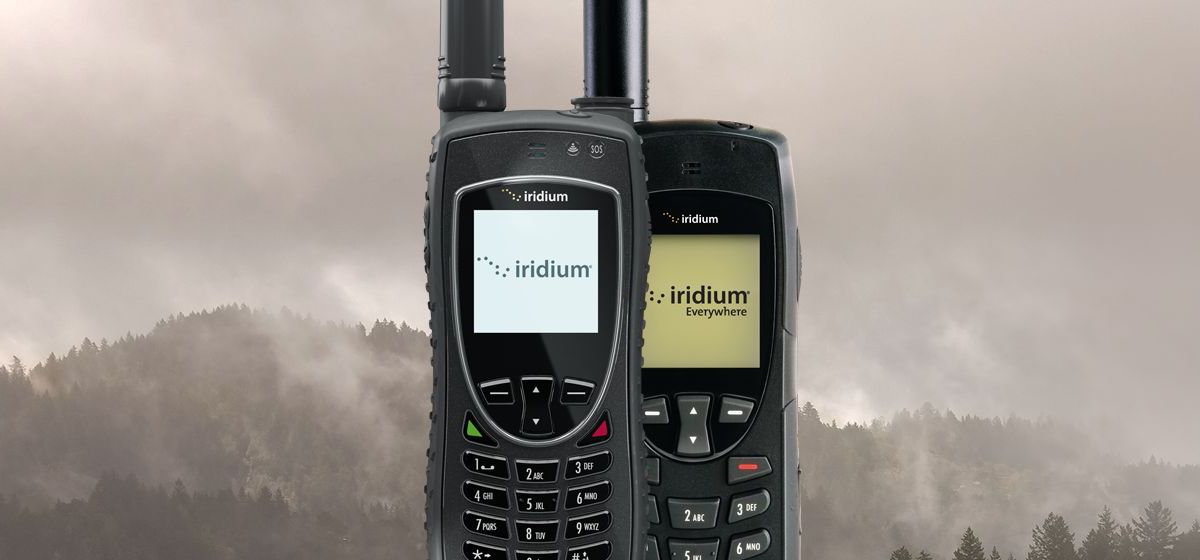Lugging a satellite phone in some remote corner of the world can make you look quite tech-savvy. This is even more pronounced if your satellite communication device of choice is the size of a laptop stashed in some trendy and secure briefcase.
Handling such devices reeks of power with an instant connection to any location in the world independent of cellular networks. Relief workers for aid organizations and emergency workers in disaster areas are also commonly seen using them effortlessly.
But are there downsides to the apparent glamour of using satellite phones?
We would look at the pros and cons of satellite phones usage and hopefully, the insight would help you conclude whether they are worth investing in.
Pros and cons of satellite phones
Pros
- Put simply, satellite phones tread comfortably where other forms of communications like cell phones dare not go due to the absence of network to make calls.
Because their primary infrastructure, satellites, are located high above the earth, they can propagate their signals directly to and from satellites in orbit above the earth.
- Many governments and security agencies can easily monitor communications that depend on terrestrial infrastructure. In many cases, repressive governments track down perceived enemies this way and even shut down entire networks to prevent people from communicating.
With sat phones though, shutting down a network is impossible as governments have no control over satellites. For those using these devices in countries under the yoke of repressive regimes, they can be assured it won’t be easy to arrest them using only their phone signals.
If the device features a signal scrambler, it becomes impossible to track the phone signal location no matter how determined the government is to hunt down the user.
- You’d never know the full meaning of fast Internet in practical terms unless you have used a sat phone to access the Internet.
Even with the relatively smaller phones linked to low earth orbit satellites, one can get internet speeds that others can only dream of.
The Internet speed is even considerably higher if the device is linked the bigger, stationary geosynchronous satellites. Data transfer speeds of 100 Mbps are common.
Cons
- The devices are rather big and heavy. But the size doesn’t translate into more features and capabilities compared to smartphones.
Think of them as phones with only the most basic functions. The devices have very few extra features apart from the basic ability to make and receive calls and text messages.
- You can’t run away from the cost of using a satellite phone. The cost of obtaining making calls are quite expensive. Users are even billed for receiving calls.
If you are wondering, charges can get up to $3/minute for calls and text messages, while the smallest, basic units retail between $500 – $1,000.
- Another downside of using these devices, especially those linked to geosynchronous satellites, is the noticeable delay in transmitting messages.
Though this delay is just about a quarter of a second, in tech terms, it is massive. In practice, users have to wait a few moments to get a reply and sometimes, irritating echoes in the background can interfere with calls due to this delay.
- Due to the limited number of geosynchronous satellites, if one satellite develops a fault, the whole network experiences downtime until it is fixed.
- No matter which network the gadget is connected to, it would be affected by line-of-sight issues. In practical terms, this means the phone must point in the direction of the satellite without obstacles blocking it.
That makes it impossible to use them indoors. Even in mountainous areas or thick forests, it might be impossible to use one.
- Setting them up to use isn’t that straightforward if the device is connected to a geosynchronous network. This problem is related to the size of the components needed.
In the first place, the phone itself is huge, almost the size of a notebook pc. However, it is the antenna that accounts for much of this size. You would have to calibrate the antenna while making sure it is pointed in the direction of satellite for optimum reception.
Conclusion
Looking at the pros and cons of satellite phones, it is easy to conclude that the disadvantages far outstrip the benefits. That is true to an extent.
For the gadgets to be useful to you, two things have to align first: using it is an imperative that can’t be avoided and you must have the budget to pay for the call charges
Premium prices aside, sat phones fill a very clear gap in this age of ubiquitous communications. Without them, many areas of the world would be inaccessible by phone.
And when the need to communicate is the only option, sky-high prices becomes a secondary consideration.
Related Posts:
How Satellite Phones Work [Quick Explanation]
5 Best Satellite Phone for Backpacking
